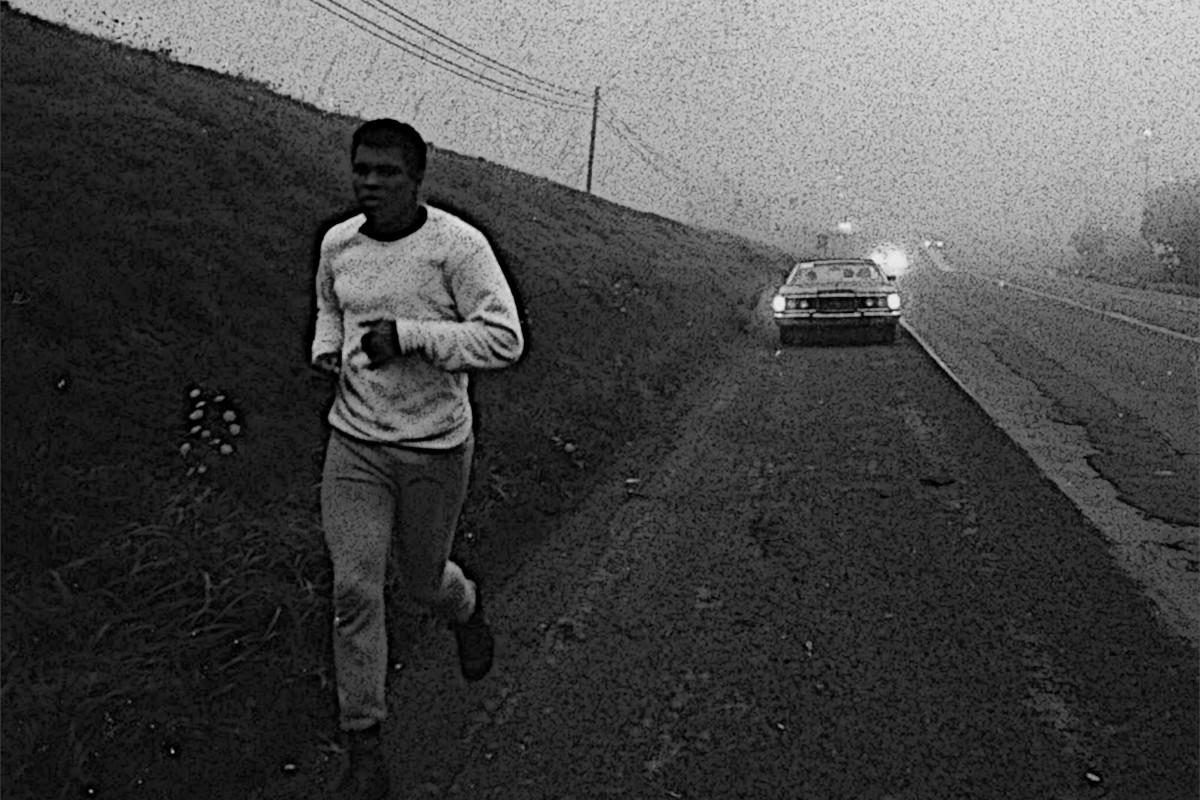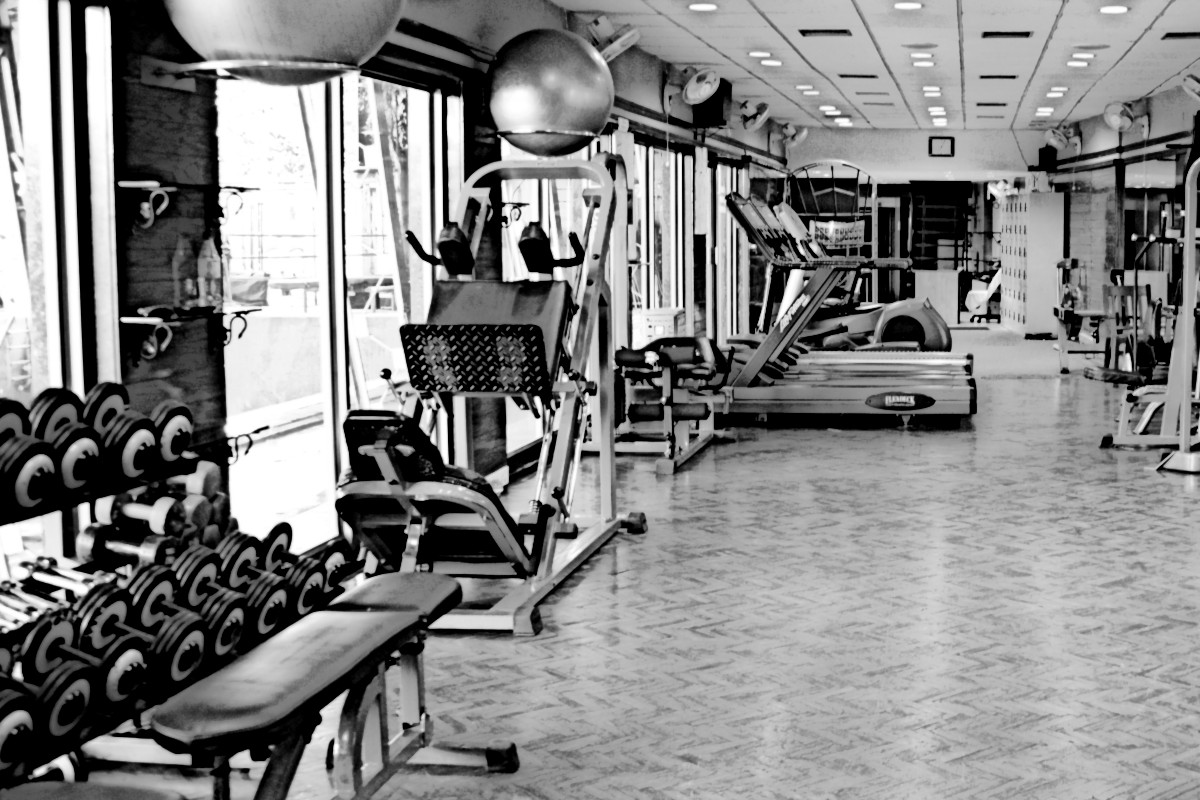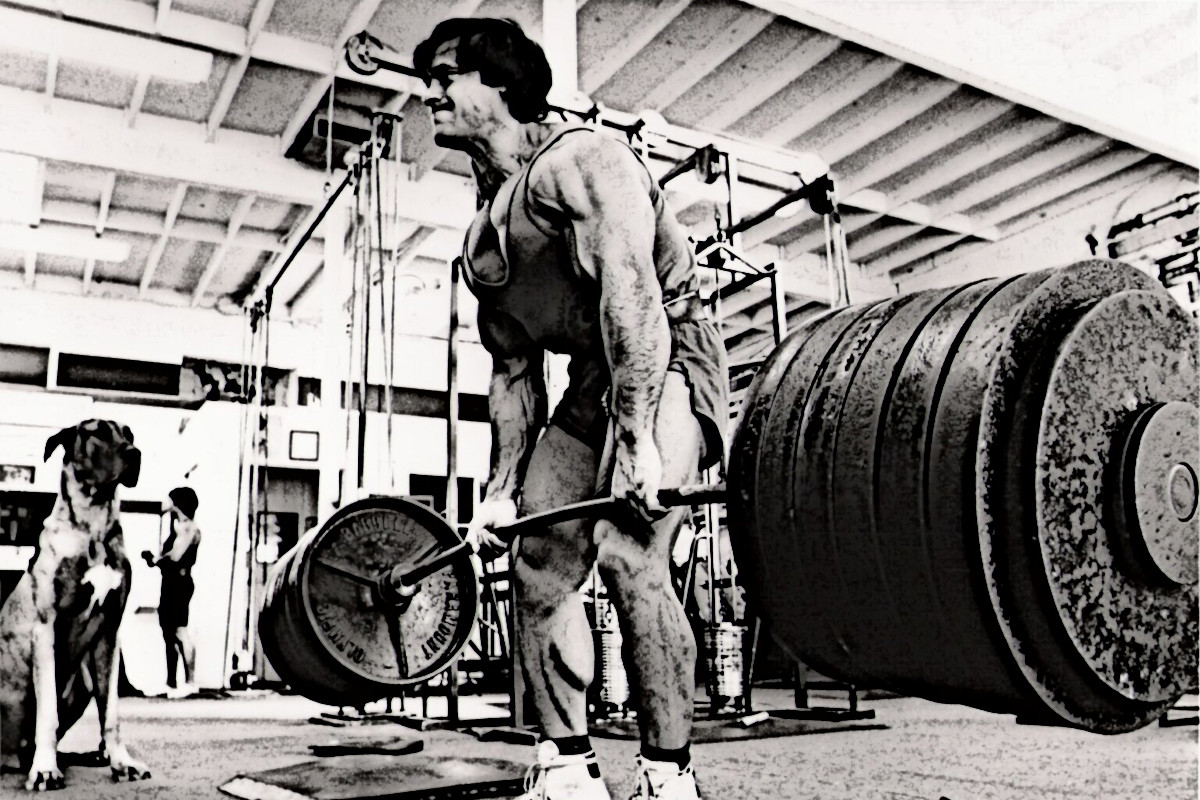Having a robust and powerful bench press is undoubtedly a cornerstone for success in powerlifting. However, for those who wish to broaden their horizons in terms of overall strength and physique development, incorporating calf training into powerlifting-style programs can prove to be a game-changer.
In the world of powerlifting, the focus often hones in on the major compound movements like squats, deadlifts, and the renowned flat bench press. While these exercises undoubtedly contribute significantly to building overall strength, neglecting certain muscle groups can hinder holistic development and increase the risk of imbalances or injuries.
One area frequently overlooked in powerlifting programs is calf training. The calves are crucial in providing stability and support during various movements, including squats and deadlifts. Neglecting their development not only limits your overall strength potential but can also lead to imbalances that may affect your form and increase the risk of injury.
When we discuss calf training in the context of powerlifting, it's not about aspiring to have massive, bodybuilder-like calves. Instead, the focus is on developing functional strength and stability in the lower body, which can have a ripple effect on your performance in the main lifts.
Incorporating calf raises, both seated and standing, into your powerlifting routine can contribute to enhanced ankle stability and overall lower body strength. Strong and stable ankles are crucial for maintaining proper form during squats and deadlifts, and calf training plays a pivotal role in achieving this.
Additionally, calf training can be beneficial for powerlifters who compete in equipped lifting, where the use of squat suits and deadlift suits places a greater emphasis on lower body engagement. Developing the calves ensures a solid foundation and better transmission of force from the ground up, optimizing performance in both the squat and deadlift.
To integrate calf training effectively into a powerlifting-style program, consider dedicating a specific day or portion of your training session to calf exercises. This doesn't mean compromising your primary lifts; instead, it's about recognizing the importance of a well-rounded strength foundation.
An example calf-focused training session for powerlifters might include exercises such as standing calf raises, seated calf raises, and ankle mobility drills. These exercises can be performed with a focus on moderate to high rep ranges to promote endurance and stability rather than sheer muscle mass.
As with any aspect of training, progression is key. Gradually increase the intensity and volume of your calf exercises over time, ensuring that your calves adapt to the demands you're placing on them. Consistency is key in reaping the benefits of calf training for powerlifting.
In conclusion, while the flat bench, squats, and deadlifts remain the pillars of powerlifting training, incorporating calf training can be a valuable addition to your program. Building strong and stable calves contributes to overall lower body strength and stability, enhancing your performance in the main lifts. Remember, a well-rounded strength foundation is not just about the major muscle groups; it's about addressing every aspect that contributes to your success on the powerlifting platform.







